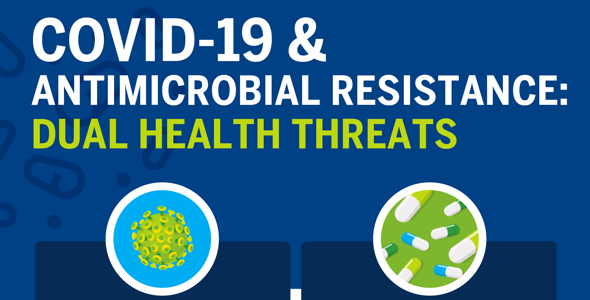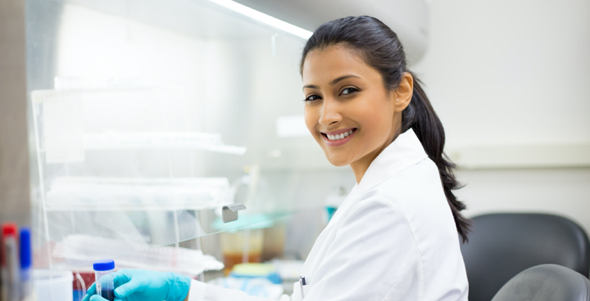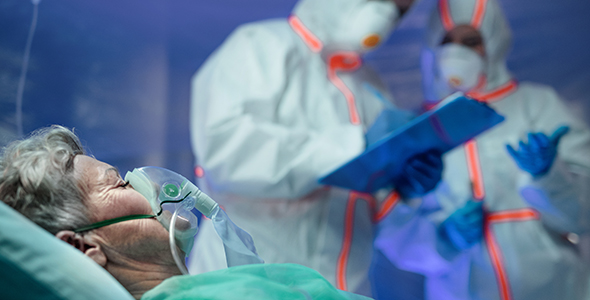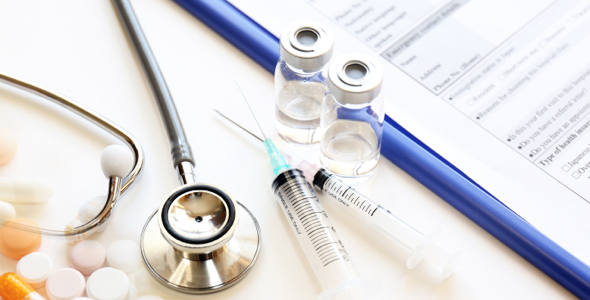Each year, more than 700,000 people lose their lives to drug-resistant infections, and this number could climb to 10 million by the year 2050 if nothing is done help combat it. Now, the COVID-19 pandemic is exacerbating the problem.
How do the COVID-19 tests and molecular tests work?
Amid the spread of COVID-19, testing for SARS-COV-2, the virus that causes it, is at the forefront of the battle. Patients rely on test results to confirm if they’ve acquired the coronavirus, and public health entities around globe rely on the data to learn how and where the virus is spreading.
Managing the Risks of Antimicrobial Resistance Concurrently with COVID-19
Patients at the greatest risk for secondary infections, particularly infections that are resistant to first-line antibiotics, include people who are already vulnerable due to other conditions and diseases—like COVID-19. Because of that, antimicrobial resistance poses a significant additional threat, especially as healthcare systems become overburdened.
COVID-19 and the Value of Vaccines
With the COVID-19 pandemic having reached over 170 countries, and cases skyrocketing in the United States and other nations, scientists around the world are working as fast as they can to develop a vaccine for SARS-CoV-2, the virus that causes COVID-19.
The Value of Diagnostics in Combatting Antimicrobial Resistance – A Public Health Problem
At this year’s World Anti-Microbial Resistance Congress, Dr. Tristan Timbrook delivered a...
Lindsay Denny Discusses the Critical Role of WASH in Preventing Infectious Diseases and Fighting Antimicrobial Resistance
WASH, which stands for water, sanitation, and hygiene, are basic...






